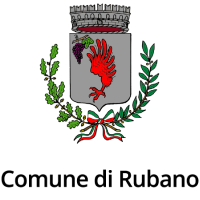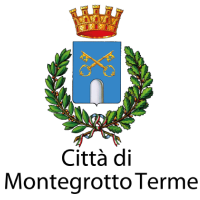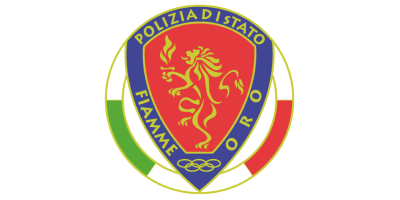3.694 meters squared of frescoed walls in 8 places, by the hands of 6 artists over 95 years of history in one single city: Padova. These are the exceptional numbers of the serial site “The XIV century frescoed cycles of Padova”, registered on the World Heritage List on 24 July 2021.
“The affective cycles of the fourteenth century of Padua” are configured as a unified whole, albeit articulate and complex. Like a large museum spread, they represent different pages of a single story of the life of Padova of the past, they offer a vivid insight into the society and art of Padova in the fourteenth century, managing to accompany the observer’s gaze towards the future of Italian culture and art history.
The places of the site are:
THE ARTIST
Giotto, Guariento, Giusto de’ Menabuoi, Altichiero da Zevio, Jacopo Avanzi and Jacopo da Verona – between 1302 and 1397 – represented an interesting and unique section of contemporary society in their frescoed cycles. The frescoed cycles of Padova World Heritage illustrate the important exchange of ideas that existed among the protagonists of the world of science, literature and visual arts in the prehumanist climate of Padova at the beginning of the fourteenth century and testify that such ideas found acceptance among local patrons, who called artists from other Italian cities to collaborate in the realization of the various cycles of frescoes, inspired by scientific and astrological allegories, or inspired by sacred history according to an iconographic program dictated by contemporary intellectuals and scholars.
INNOVATION
The same group of artists gathered in Padova in search of innovation, fostered at the same time an exchange of theories and know-how that led to a new style in the fresco, which influenced Padova throughout the fourteenth century and formed the inspiring basis for centuries of fresco works in the Italian Renaissance, and beyond. With this real rebirth of an ancient painting technique, Padua has provided a new way of seeing and representing the world, announcing the advent of the Renaissance perspective. These innovations mark a new era in art history, producing an irreversible change of direction.
























